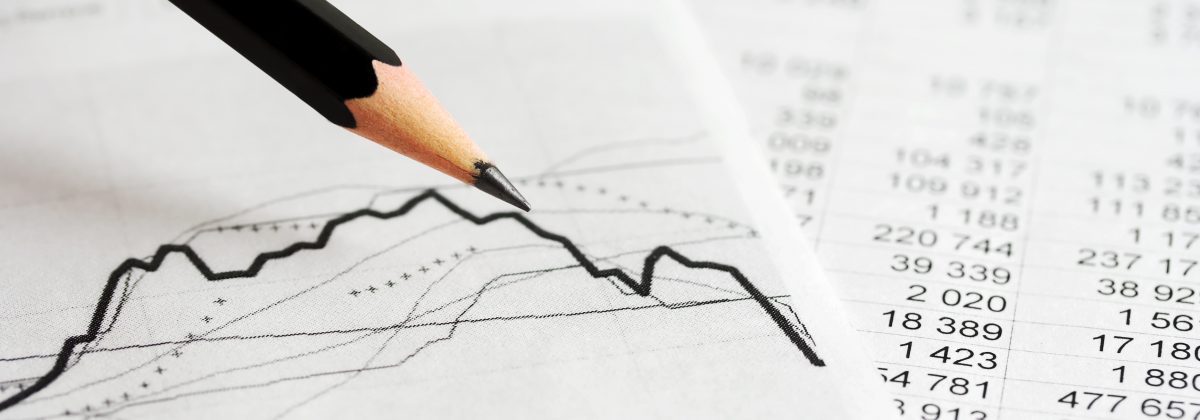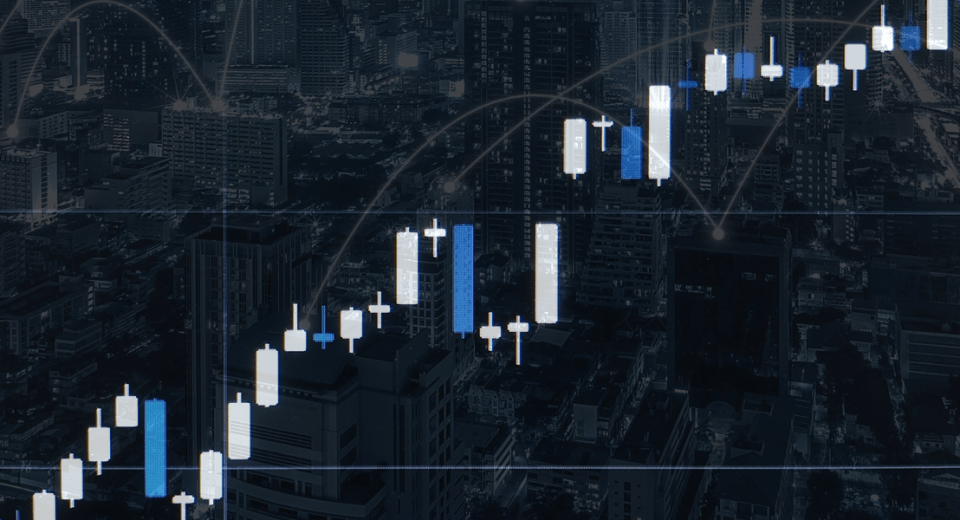How the Global Financial Crisis Happened

Since the Great Depression of the 1930s, no financial crisis in history has ever had such far-reaching consequences as the 2008 recession. This was probably because times are different, with greater media coverage and an inter-connected global economy, where every country’s economic affairs are affected by what happens across the world.
It has been more than ten years since September 15, 2008, when the investment bank Lehmann Brothers collapsed. America’s fourth largest bank, the kingpin of securitising sub-prime debt, declared bankruptcy. So high had been their risk-taking activities that the effects magnified to a global level. In the next three weeks, world leaders and financial regulators worked tirelessly to prevent a possible collapse of the world financial system. Despite their best efforts, the global recession occurred. According to a report published by the US GAO, the 2008 crisis caused the US alone $22 trillion.
How it All Began
While September 2008 was when the world sat up and took notice, the factors that contributed to this crisis came into play a long time back. Let us look at the causes and understand how things unfolded. Consider them the main actors in a full-fledged theatrical production (there are plenty of guest stars too!).
2006: Fall in Real-Estate Prices
The US housing market started to decline, but realtors believed that the market was just overheated and would soon return to sustainable levels. What they didn’t know was that too many home-owners had questionable credit scores.
The reason? The Gramm-Rudman Act 1987 allowed banks to trade in profitable derivatives, to be offered to customers. These mortgaged-based securities were supported by home-loan collaterals and created increasing demand for more mortgaged-based loans. Banks started letting people get loans at 100% or more of their home values. This was a time when years of lesser inflation and stable growth of the global economy had resulted in complacency and increased risk-taking by financial institutions. Irresponsible mortgage-lending started in the US, to “sub-prime” borrowers, who barely managed to repay them.
Pooled-Mortgage Securities
The big banks turned these risky-mortgages into low-risk securities and put a large number of them in pools. Risks related to each loan have to be un-correlated for pooling to work properly. But the big banks’ theory, that the housing markets in different American cities are unrelated to each other, proved false with the housing slump of 2006.
Now, these pooled mortgage-backed securities, known as collateralised debt obligations (CDOs), were divided into different categories, based on the level of exposure to default. Credit rating agencies, on the behest of big banks, gave them generous scores. Investors trusted these scores and these instruments, which provided them higher returns, compared to other products in the market.
Lower Interest Rates
The emerging economies around the world, like China, took a stance of “saving over investment” in their countries. Those savings found their way into safe US government bonds, driving down interest rates.
Economists often consider the prevalence of lower interest rates as a major contributor to the overall mess. Lower interest rates made investors go for riskier securities with higher returns, as did banks, hedge funds and other bodies. They went one step further by incentivising these borrowers, on hopes that returns would exceed the cost of borrowing. Investors put their money in longer-dated, higher-yielding securities.
A Chain Effect Starts
With the fall of the housing market in the US, a chain of reactions started in the money markets. Pooling didn’t provide protection to consumers and CDOs turned worthless, despite all the high ratings. So, many banks relied on short-term funding, using property assets as collateral, but now none of these assets had takers in the market. The “mark-to-market” accounting rules required banks to revalue their assets at current market prices. Losses that hadn’t yet taken place had to be put in the books. Capital reserves of major banks depleted.
AIG and Its Credit Default Swaps
Why did small pension funds invest in such risky assets? They believed that Credit Default Swaps protected them. The seller of such an instrument agrees to pay the buyer, in case the third-party defaults on loans. Here, it was AIG, a US insurance giant, who sold these swaps. As the derivatives failed, AIG realised that it didn’t have enough cash reserves to honour its swaps. The whole system was revealed as a major Ponzi scam. Banks had inflated their account statements, with not enough capital reserves to take in losses.
A Dangerous Cycle of Mistrust between Financial Institutions
As Lehman Brothers went bankrupt, panic set in the markets. Trust deficit prevented banks from lending. Companies worldwide froze their operations, unable to pay workers and suppliers. The global economy went down. Regulators had made the mistake of allowing Lehman Brothers to go bankrupt, thinking that it would solve issues and reduce government intervention. But things didn’t work out quite as planned.
To curb panic and possible violence, government regulators worldwide went into a recovery mode, rescuing many companies from bankruptcy. From October 5 to 11, 2008, £90 billion was wiped off the value of Britain’s companies, a record since the Black Monday crash of 1987. As the credit crunch magnified, the IMF was sent requests for emergency loans by countries across the world.
Other Causes of the Meltdown
As we pointed out earlier, many factors came together to create this crisis. For example, the failure of the US Federal Reserve to see global current-account imbalances. Net capital inflows from Asian countries and the big capital inflows from European banks were overlooked too. All this created lenient or loose credit conditions in the US.
The ECB didn’t see the current account imbalances in the EU region, due to overheated housing markets in countries like Spain. They thought it irrelevant in a monetary union. But, bankers and regulators are not the only actors responsible for economies, political entities are too. They encouraged risk taking among consumers.
In short, excessive financial liberalisation in the latter half of 20th century, combined with a lack of regulations, can be said to be the cause of the 2008 recession. It left millions of people unemployed and homeless, which is why lessons need to be learnt from this debacle so that history doesn’t repeat itself.




